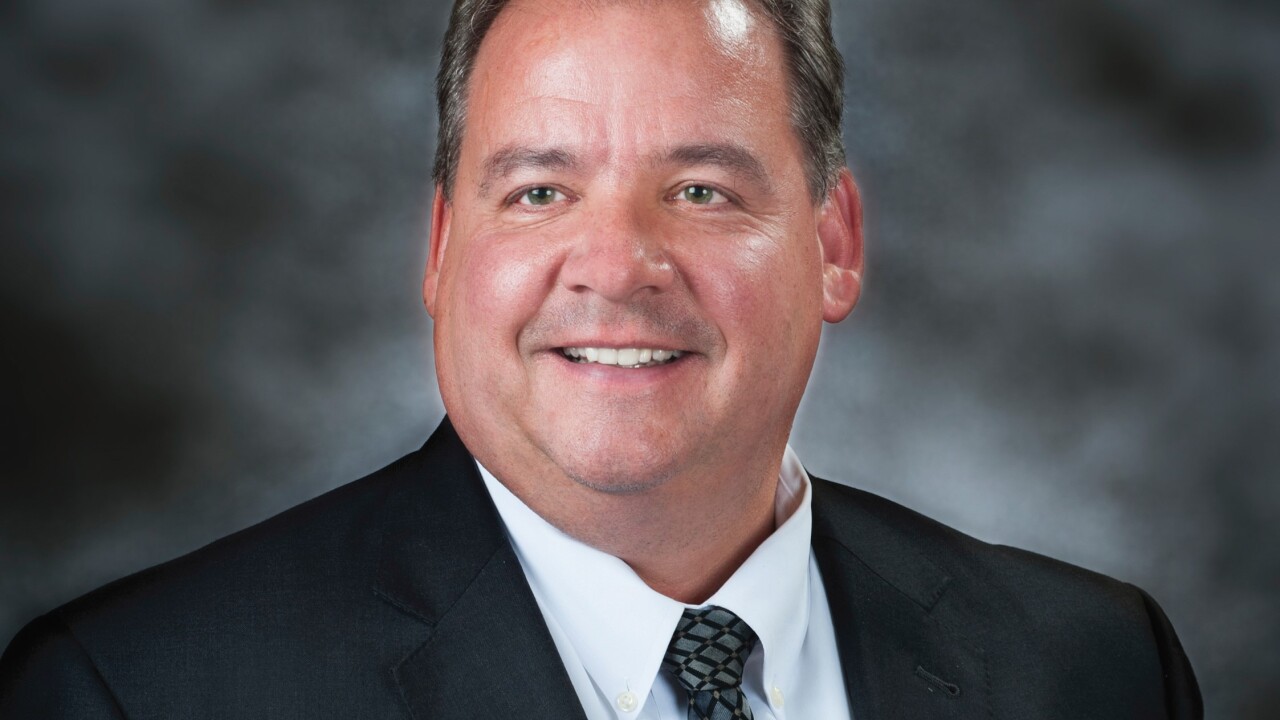David Payne knows how to give a good sales pitch.
On a recent Friday, he toured headquarters of Westamerica Bancorp., giving a series of rousing pep talks to the 450 employees there. The theme: we're doing well but there's much more to do.
Everyone from senior managers to branch tellers has heard this pitch from the boss before. And just as he is trying to sell them on the virtues of the bank, the chief executive expects them to do the same with potential customers each day.
"We have a sales culture here that is embedded in the corporation from top to bottom," the dynamic 41-year-old banker said in an interview, smiling brightly through his bushy beard and gesturing enthusiastically to punctuate his remarks. "We're always refining it, too. It's an on-going process of staying competitive."
The aggressive selling style rooted in the Westamerica work force demonstrates the changing nature of the banking business, even for smaller banks. Like their larger brethren, community banks are discovering that to survive and compete effectively they must be more proactive. The days of the complacent 9-to-3 banker are over.
Westamerica's sales program - although no longer unusual - remains one of the most aggressive and most formalized. And it's working for the company.
It's "a growing trend among independent banks," said Steven J. Didion, analyst at Hoefer & Arnett in San Francisco. "It really grows out of having to build the loan portfolios in order to keep increasing earnings."
In the eight years since he took the reins, Mr. Payne, a former newspaper publisher, has overseen Westamerica's transformation from a small bank holding company into a regional sales powerhouse and active acquirer with $2.5 billion of assets. Since 1988, net income has quadrupled to about $38 million, while returns on assets and equity have soared. Analysts estimates for 1996 had the ROA exceeding 1.50% and the ROE hitting 16.75%.
With dozens of sales representatives combing the markets north and east of the Bay Area, Westamerica - legally based in San Rafael - has firmly established itself as a small-business marketing force to be reckoned with. Its lenders regularly steal away customers from both large and small competitors, while promoting the Westamerica as an amalgam of small and large banking.
"Big-bank resources, small-bank resourcefulness," Mr. Payne said, smiling again. "Sounds corny, but that's exactly where we want to be."
"They're quite visible among the small to midsize businesses in their market," Mr. Didion said. "The small businesses all seem to know Westamerica in the markets they're in."
Yet around Sacramento, where the bank is trying to increase its presence, officials of U.S. Bancorp's California subsidiary and several community banks say they still don't see Westamerica too much in their markets.
Company policy currently calls for each of the bank's 200 sales representatives at 56 branches to comply with rigorous requirements for business development. Each person must make 18 outside sales calls per week, bringing the bank closer to closing a deal in each situation. And for every existing customer contacted, employees must target at least two prospects.
"These people hardly need offices because they're always out on the road calling," Mr. Didion said.
Each branch holds daily and weekly sales meetings, at which sales officials review the previous days calls and plan upcoming efforts. Each branch also produces a "pipeline report" summarizing all pending sales.
"It's a hard-driving sales force," said Campbell Chaney, analyst at Sandler O'Neill & Partners LP in San Francisco. "They view themselves more as salesmen than loan officers."
Even Mr. Payne himself gets involved in the act, visiting branches at least twice a year, personally challenging employees and branches to do more, and making calls himself.
Officials have also aggressively implemented their brand of community banking, centered around the proactive sales philosophy, in each of the five banks Westamerica has acquired since it went on a buying binge in 1991. And they hope to bring that same style to their latest target, Fresno-based Vallicorp Holdings - Westamerica's largest acquisition to date at $1.3 billion of assets.
But Westamerica is being cautious for now because officials are concerned about losing Vallicorp customers to other banks, particularly aggressive community banks, before the acquisition has been completed. So instead of implementing its sales strategy immediately, Mr. Payne wants to focus at first on retaining Vallicorp's customers.
In fact, the day that Westamerica announced plans to buy Vallicorp, Mr. Payne was already out with the Fresno bank's officials calling on their major customers.
However, that also reflects his stated philosophy not to "ask our employees to do something that we ourselves are not willing to do."
In fact, as if to emphasize that push for equality, Mr. Payne supervises the company's operations from a simple cubicle, sitting along with dozens of others in an open room. He has eschewed the wood-paneled walls, mahogany desks, and other traditional trappings of senior management in favor of plain, pale, plastic-coated desks. And no decorations adorn his cubicle's gray fabric walls.
"There are no classes of citizens here," he explained. "We have more of an owner's philosophy here. Everybody is an integral part of it."





